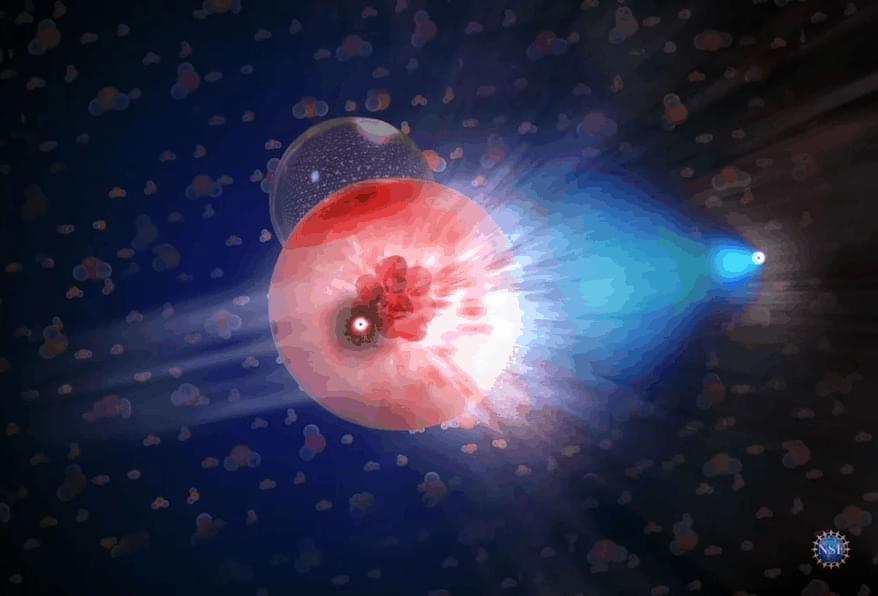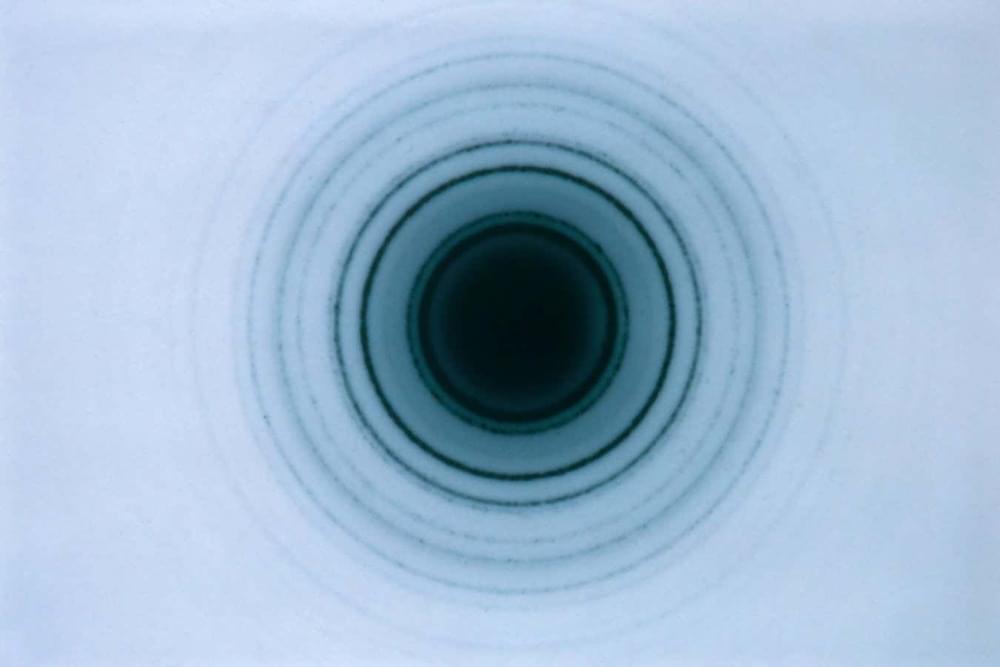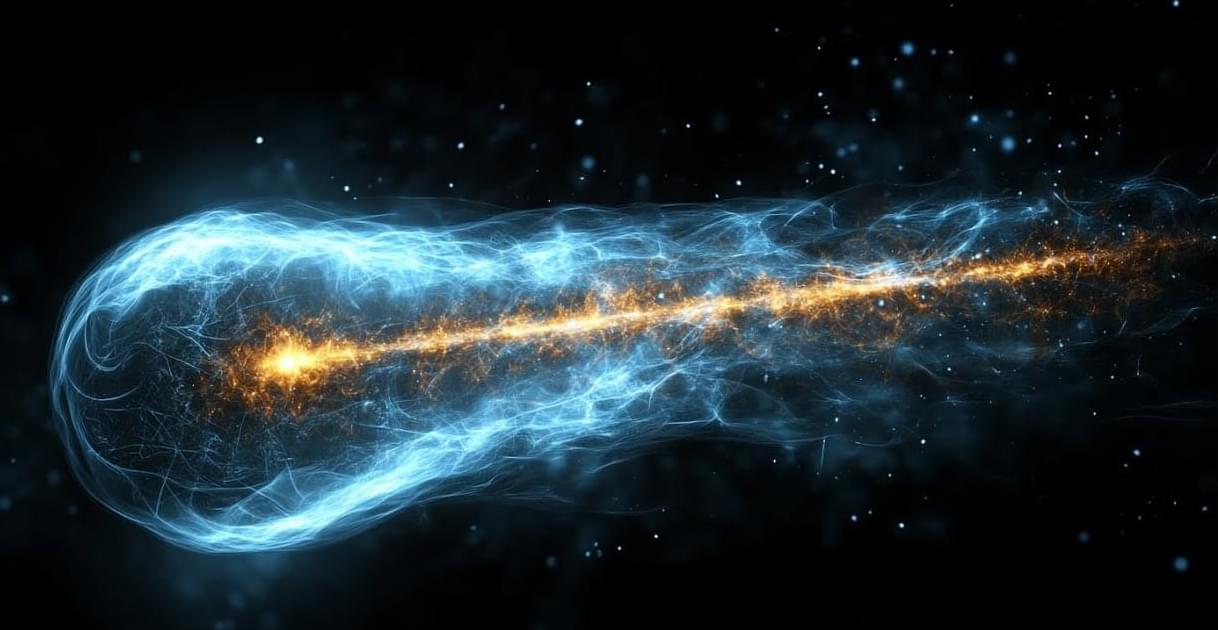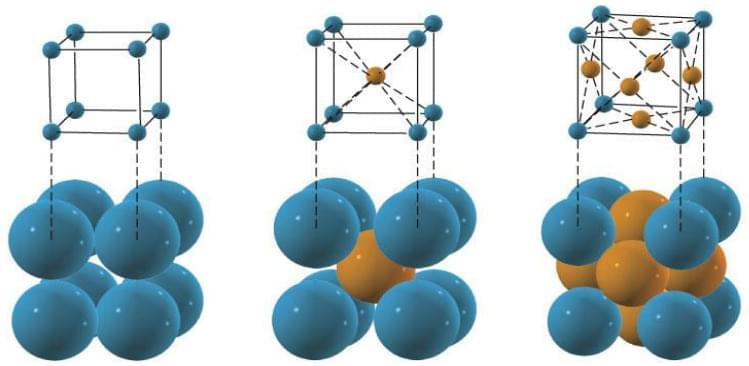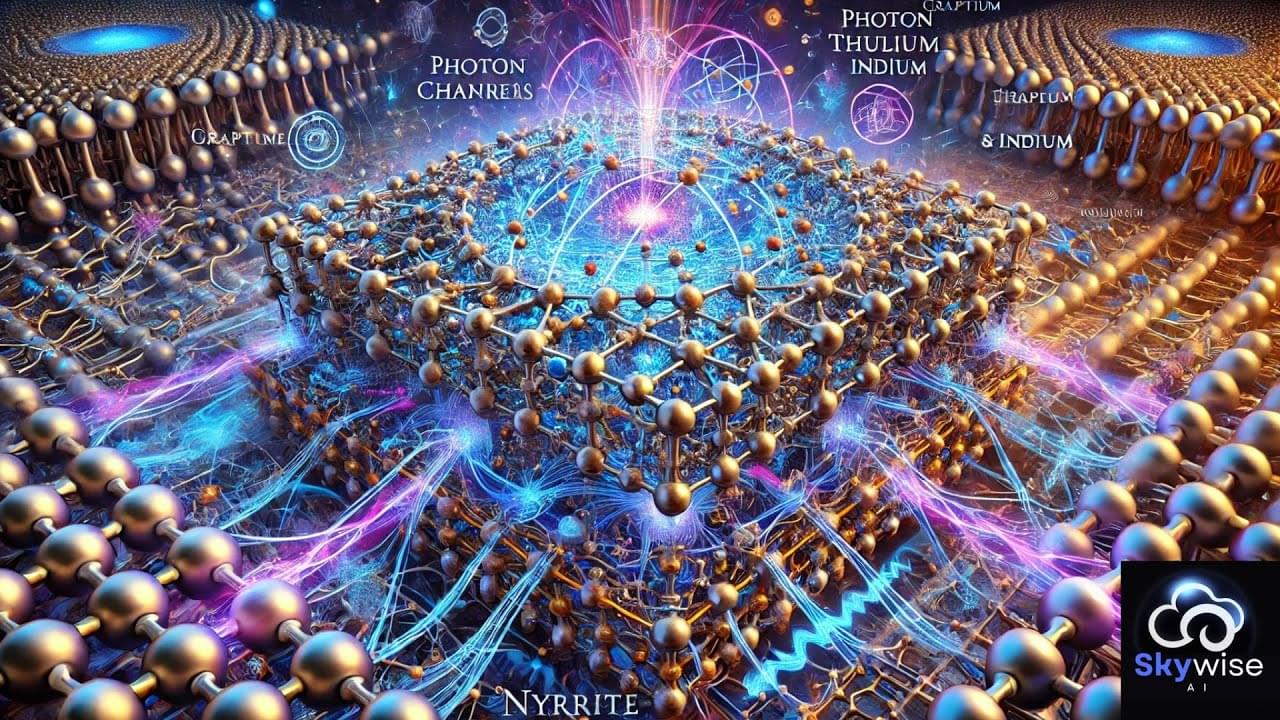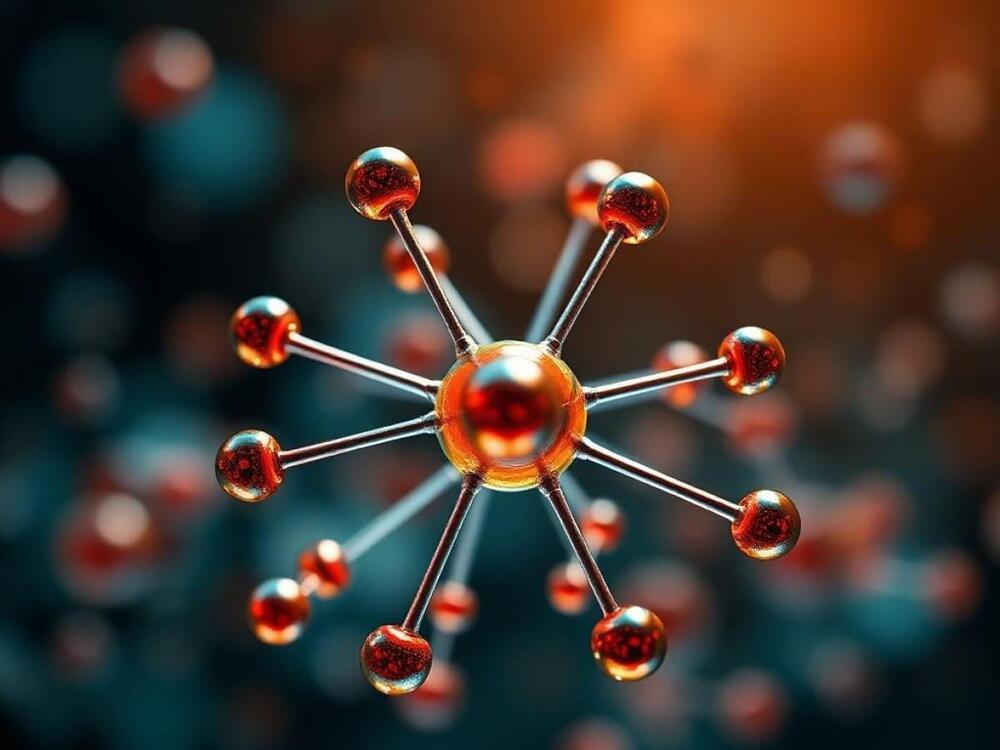
At first glance, it might seem obvious that atoms touch each other, especially when you consider the material world around us. From the objects we handle to the materials we utilize, everything indeed appears very solid. However, the question of whether atoms actually “touch” as we understand it on a human level is far more intricate than it might seem. In fact, the answer hinges on how we define “touch,” a concept that shifts significantly at the atomic scale.
At the human scale, “touch” generally refers to the meeting of well-defined surfaces. For instance, when you place a glass on a table, you might say the two objects are touching because their outer surfaces overlap. However, at the atomic scale, this notion of contact becomes much more ambiguous. An atom is neither a solid object nor an entity with a clear boundary. It consists of a central nucleus made up of protons and neutrons, surrounded by a cloud of constantly moving electrons. This unpredictable movement means the electron cloud does not create a fixed and defined surface.
To understand what contact means between atoms, one must look into the internal structure of these particles and the interactions occurring between their electrons. Each atom is made up of a central nucleus surrounded by an electron cloud, which isn’t located at a specific spot but occupies areas known as orbitals. These orbitals are regions of probability where it’s more or less likely to find an electron at any given time. Their shape and organization vary depending on the chemical element of the atom, giving each type of atom unique characteristics.
